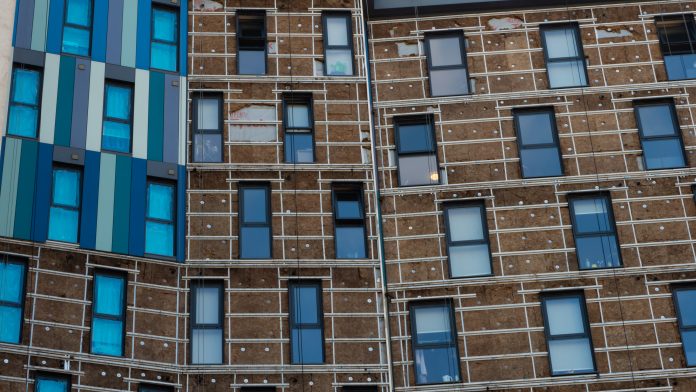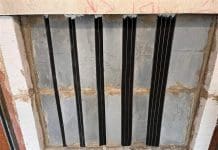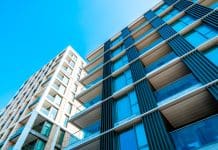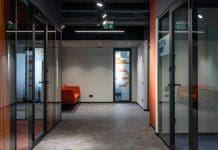All high-rise buildings in the social sector and student buildings are now fully remediated or have work underway to remove unsafe ACM cladding, according to recent Government figures
Around 95% of the highest risk buildings with unsafe cladding similar to that found on Grenfell Tower have been made safe or have work underway compared to a year ago.
Work began on 159 buildings last year compared to 90 in 2019, representing more buildings on site with remediation work in 2020 than at any point previously.
The end of the year saw 31 buildings completed between November and December 2020, the highest monthly increase last year.
Of the 45 buildings yet to start, 13 were identified last year; 7 are vacant and do not represent a risk to resident safety.
Ministers continue to press building owners to take urgent action to make homes safer.
Following the Grenfell Tower fire, the government launched a large-scale programme to identify all high-rise buildings in England with unsafe cladding similar to that found on Grenfell to ensure those homes were prioritised for remediation work to make them safe.
Separately, the government’s £1bn Building Safety Fund is enabling faster remediation of high-rise buildings with other unsafe cladding and as at 15 January had allocated just under £100m to projects (£95.9m).
‘Need to do more’
Building safety minister, Lord Greenhalgh, said: “Building owners are responsible for making sure that their buildings, and the people who live in them, are safe.
“However, some need to do more and it’s unacceptable a minority are yet to start work.
“We are in contact with the remaining buildings where remediation has not started and we are clear if work does not take place urgently we will take further enforcement action.”
Robert Jenrick, added: “Today’s stats show that – despite the pandemic – significant progress has continued to have been made with remediation work either complete or on site on around 95% of buildings, rising to 100% in all social or student high rise buildings.
“This is a big step forwards. While there is still more to do, we are helping make the highest risk buildings with dangerous cladding safer, more quickly.”



![[Video] Fireco: 80 new fire doors required for residential flats in London](https://www.pbctoday.co.uk/news/wp-content/uploads/2025/04/2024-06-01-Lords-view-one_1200x750_004-218x150.webp)

![[VIDEO] Making DorTrak reports easy to read with Fireco Inspecting fire doors at Fireco, firedoor technology, 2023](https://www.pbctoday.co.uk/news/wp-content/uploads/2024/04/JPZ_2364-web-218x150.jpg)








